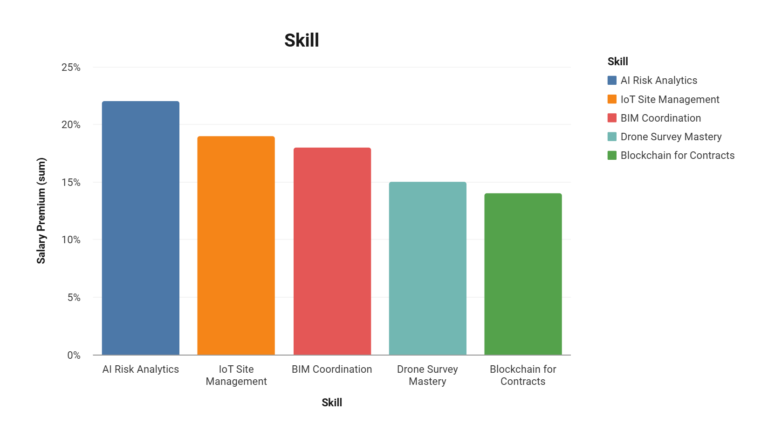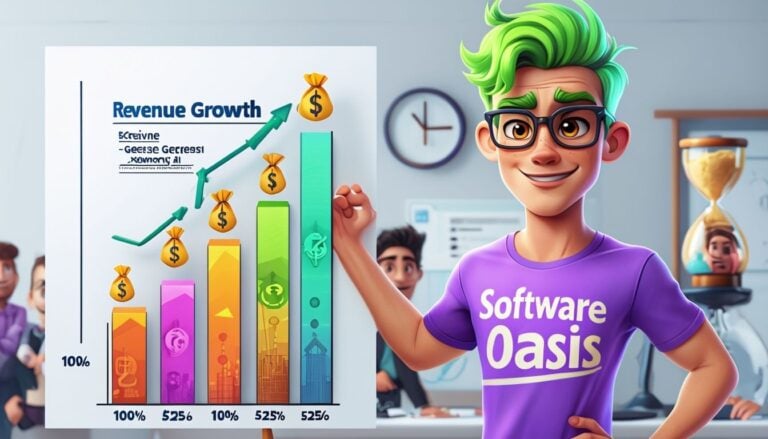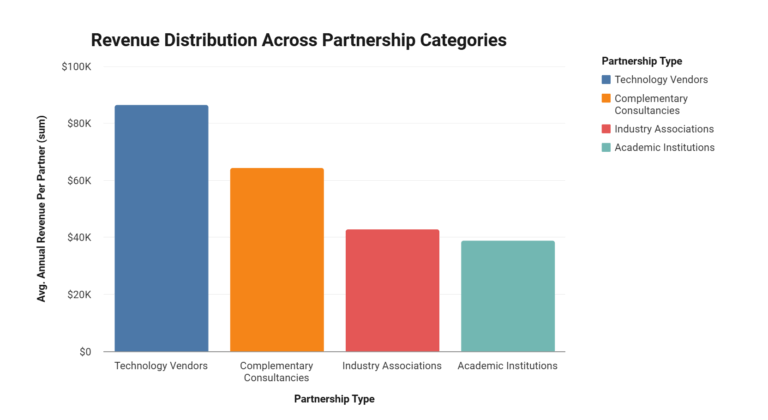AI-Powered Virtual Assistants in the Workplace: Key Statistics and Insights
AI-Powered Virtual Assistants in the Workplace
Integrating artificial intelligence (AI) into workplace tools has revolutionized how businesses operate, communicate, and manage tasks. Among these innovations, AI-powered virtual assistants have emerged as pivotal tools for enhancing productivity, streamlining workflows, and improving employee well-being. This article delves into the latest statistics and insights on the adoption and impact of these technologies in professional environments.
The Rise of AI-Powered Virtual Assistants
AI-powered virtual assistants are no longer limited to personal use; they are now integral to workplace operations. These tools leverage natural language processing (NLP), machine learning, and real-time data analysis to assist with tasks ranging from scheduling meetings to managing complex workflows.
Key Market Trends:
- According to a 2024 report by PwC, the global AI market is projected to grow at a compound annual growth rate (CAGR) of 37.3% from 2023 to 2030, reaching $1.8 trillion by 2030. A significant portion of this growth stems from enterprise applications like virtual assistants.
- Gartner's 2023 IT Automation Report revealed that 70% of organizations worldwide have implemented AI-driven tools, with virtual assistants ranking among the top three most deployed solutions.

Impact on Productivity and Collaboration
AI-powered virtual assistants are transforming workplace dynamics by automating repetitive tasks, enabling real-time collaboration, and providing actionable insights.
Enhanced Productivity:
- Microsoft’s Copilot for IT has demonstrated a 30% increase in employee productivity by integrating enterprise data with real-time user context to automate routine tasks (Forbes, 2023).
- A McKinsey study published in 2024 found that companies using AI-driven task management tools reported a 25% reduction in project completion times.

Improved Collaboration:
- Generative AI embedded in collaborative platforms like Slack and Microsoft Teams has enhanced virtual meetings by optimizing workflows and improving interaction quality (Forbes, 2023).
- Hybrid work models benefit significantly from these tools. For instance, AI assistants address challenges such as remote employees feeling disconnected by providing seamless access to aggregated information across various platforms.

AI’s Role in Employee Well-Being
Beyond productivity, AI-powered virtual assistants contribute to employee mental health and well-being by offering personalized support.
Mental Health Monitoring:
- A 2024 study published in Workplace Well-Being Quarterly highlighted that AI-driven sentiment analysis tools can detect early signs of stress or burnout, enabling timely interventions.
- Chatbots designed for mental health support have been shown to reduce stress levels among employees by 20% on average, according to research by the American Psychological Association (APA).

Ethical Considerations:
While these technologies offer immense benefits, concerns about data privacy and algorithmic bias persist. Organizations must ensure ethical practices, including transparent data usage policies and human oversight.
Adoption Across Industries
The adoption of AI-powered virtual assistants varies across sectors but is particularly prominent in industries requiring high levels of automation and customer interaction.
Key Statistics by Industry:

- In healthcare, virtual assistants like Amazon Alexa are used for patient education. A 2022 study found that these tools improved patient understanding of medical instructions by 35%.
- In finance, chatbots handle up to 80% of customer inquiries, reducing response times significantly (Deloitte’s Financial Services Report, 2023).
- Retail companies using AI assistants for inventory management reported a 15% decrease in stockouts, according to a 2024 report by Statista.
Challenges and Future Outlook
Despite their advantages, implementing AI-powered virtual assistants comes with challenges such as integration costs and employee training requirements.
Challenges:
- A survey by Deloitte (2023) found that 45% of businesses cite high implementation costs as a barrier to adopting AI tools.
- Employee resistance due to fear of job displacement remains a concern; however, studies show that these tools often complement rather than replace human roles.

Future Projections:
- Experts predict that by 2030, over 85% of businesses will rely on AI-powered virtual assistants for core operations.
- Innovations such as emotion-aware AI are expected to enhance workplace interactions further.

Looking for AI-powered virtual assistants in the workplace consultants? Software Oasis was founded in 1998. We help businesses find top consultants across the U.S. and Canada. Often called the "Trusted List of Consulting," it's a proven platform where organizations of any size can connect with verified subject matter experts. Find your perfect match quickly. Go from challenge to successful outcomes fast. Tough problems, smart solutions™.
Source Data
| Article Title | Publication | Date |
|---|---|---|
| Improving Collaboration | Forbes | 2023 |
| Global AI Market Growth | PwC | 2024 |
| IT Automation Report | Gartner | 2023 |
| Workplace Well-Being Quarterly | APA | 2024 |
| Financial Services Report | Deloitte | 2023 |
| Retail Inventory Management | Statista | 2024 |





